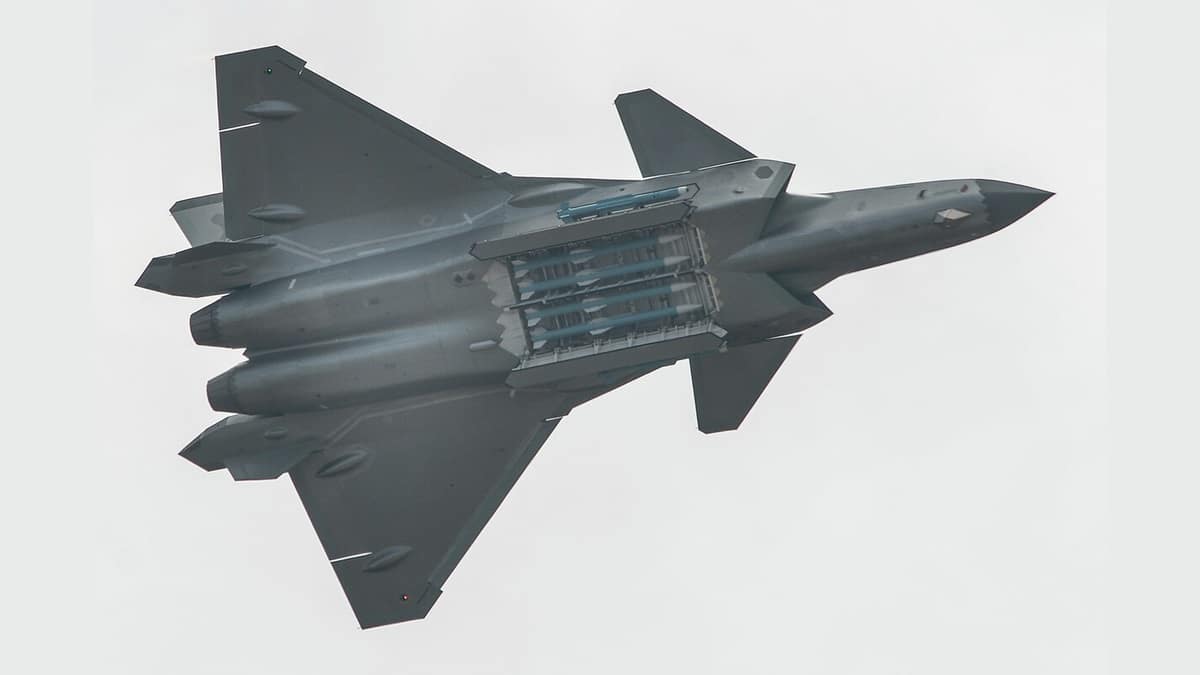https://jasondeegan.com/china-achieves-a-technological-feat-once-thought-impossible-using-stainless-steel-and-incredible-ingenuity/#
China achieves a technological feat once thought impossible using stainless steel and incredible ingenuity
January 13, 2025 by Smith Noah
In a stunning display of innovation, Chinese scientists have overcome significant challenges to develop a hypersonic missile component using stainless steel, a material far more accessible and affordable than traditionally used alternatives. This breakthrough not only promises to reduce costs but also showcases China’s remarkable engineering prowess.
A Breakthrough in Material Science
Imagine working on a project where the materials required are not only rare but also prohibitively expensive. This was the case for hypersonic missile development, where tungsten alloys were the go-to choice for components exposed to extreme heat. With a melting point of 3,422°C, tungsten has been indispensable for its resilience. However, its scarcity and high cost posed significant hurdles.
Enter the team led by Professor Huang Fenglei at the Beijing Institute of Technology. Faced with these challenges, Huang and his colleagues set out to find a more economical solution without compromising on performance. Their answer? Stainless steel, a readily available and less expensive material, traditionally not considered suitable for such high-temperature applications.
Overcoming Extreme Temperatures
Developing a missile nose cone that can withstand the blistering temperatures of over 3,000°C during hypersonic flight is no small feat. Stainless steel typically begins to deform at around 1,200°C, making it an unlikely candidate for this purpose. However, the ingenuity of the research team led to a groundbreaking solution.
To address the thermal limitations, the researchers engineered a thermal protection system that layers the stainless steel with ultra-high-temperature ceramic and a 5mm layer of aerogel thermal insulator. This innovative combination effectively shields the steel from the intense heat, maintaining structural integrity even at speeds reaching Mach 8. The result is a missile component that not only performs reliably under extreme conditions but also significantly cuts down production costs.
A Strategic Move for China’s Defense
This achievement is more than just a scientific milestone; it has profound implications for China’s military capabilities. By reducing reliance on expensive materials like tungsten, China can produce hypersonic missiles more efficiently, enhancing its strategic arsenal without exorbitant costs. Moreover, this development underscores China’s commitment to indigenous technological advancements, reducing dependence on foreign materials and expertise.
The People’s Liberation Army (PLA) has already begun integrating these stainless steel components into their missile designs, signaling a new era of cost-effective yet highly capable weaponry. This move could potentially shift the balance in global defense dynamics, as more nations grapple with the high costs of hypersonic technology.
Real-World Applications and Future Prospects
The practical applications of this innovation extend beyond military use. The principles behind the thermal protection system could inspire advancements in other high-temperature industries, such as aerospace and energy. For instance, reusable space vehicles and high-efficiency power plants could benefit from similar material innovations, leading to broader technological progress.
Looking ahead, the success of this project has paved the way for further research into advanced materials and their applications in extreme environments. Chinese scientists are now exploring additional methods to enhance the durability and performance of stainless steel under various stressors, promising even more robust solutions in the near future.
Conclusion
China’s latest achievement in using stainless steel for hypersonic missile components is a testament to the power of innovation and resourcefulness. By overcoming material limitations and developing a sophisticated thermal protection system, Chinese researchers have not only reduced costs but also set a new standard in missile technology. As the global community watches closely, this breakthrough highlights China’s growing influence in cutting-edge defense technologies and its ability to turn challenges into opportunities through incredible ingenuity.



















